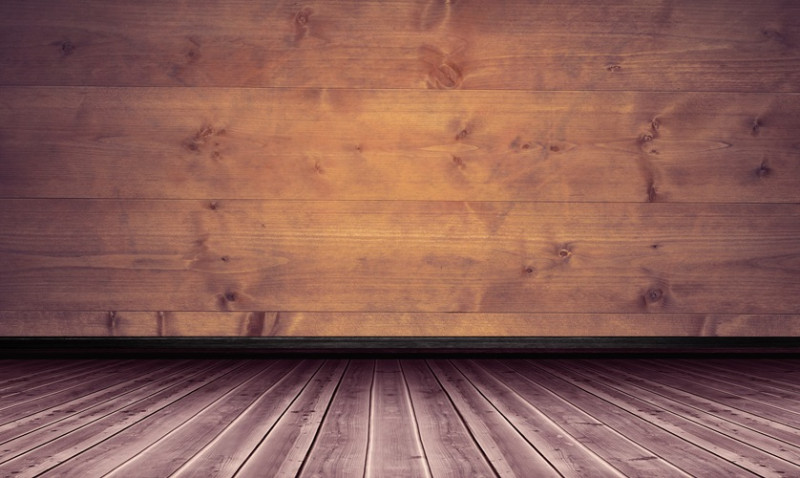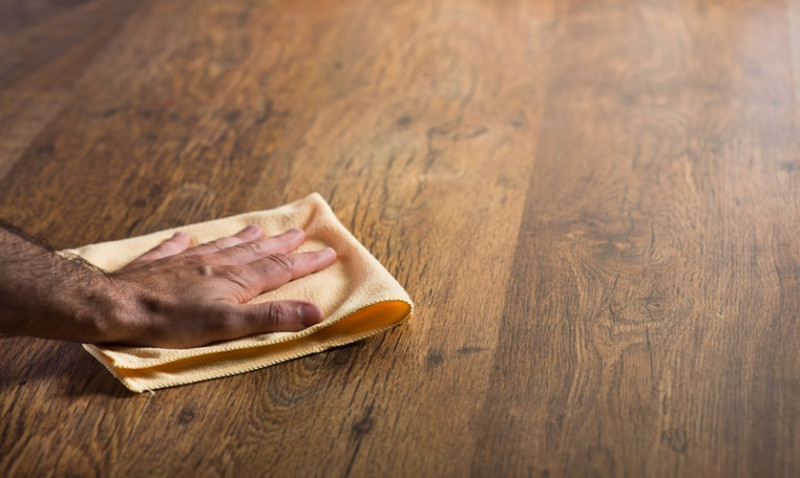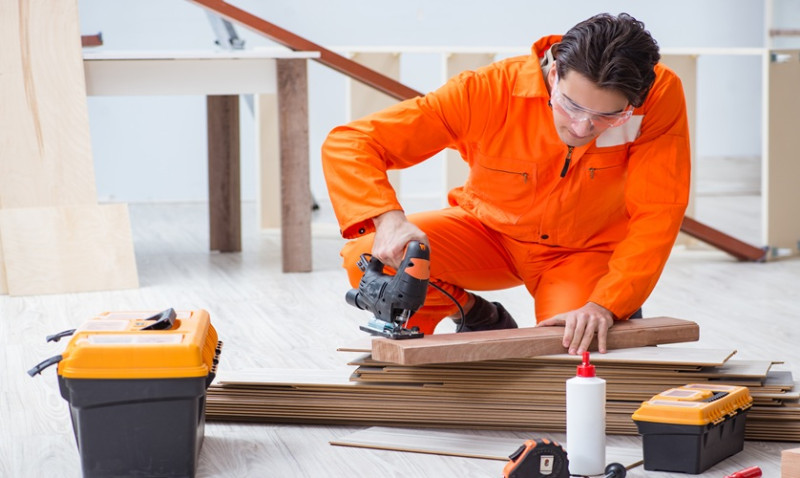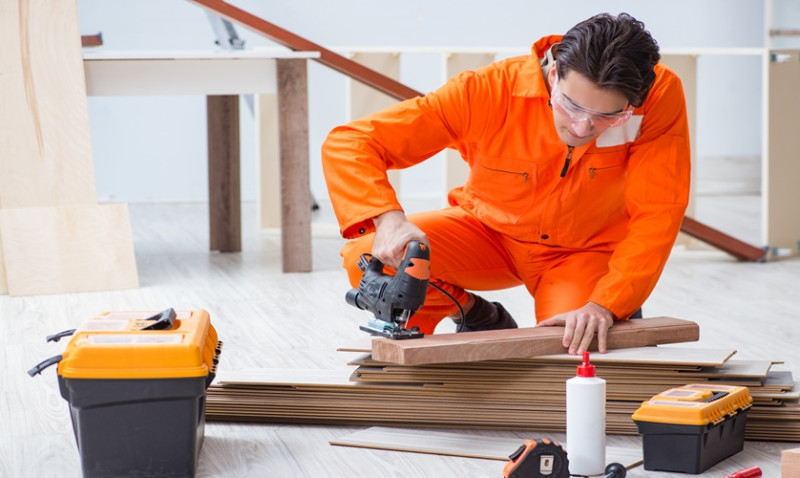
Hardwood floors are a stunning feature in any home, offering timeless elegance, warmth, and a solid return on investment. However, over time, even the most beautiful wood floors can become dull, scratched or lose their rich tone. Applying a new stain can refresh and transform your space, giving your floors a completely new lease of life. Whether you're a DIY enthusiast or a professional refinisher, this guide will take you through every step of applying stain to a hardwood floor – the right way.
Staining a hardwood floor is more than just brushing on colour. It requires careful preparation, choosing the right materials, and applying technique to ensure an even and beautiful finish. This article will walk you through the essentials of staining, from preparation through to sealing, and provide expert tips to avoid common mistakes that could cost time and money.
If you're based in the UK and looking to enhance your interior design, add value to a property renovation, or simply modernise a tired-looking space, staining your wooden floors is a smart, highly rewarding project. Keep reading to learn how to do it right.
Why Stain Your Hardwood Floor?
There are many reasons to stain your hardwood floors, ranging from aesthetic to practical. Staining allows you to change the tone and mood of a room. Lighter stains create a bright, airy feel suitable for contemporary interiors, while darker tones offer sophistication and drama, perfect for period homes or bold modern statements. The right stain can even enhance the grain texture of the wood, showing off its natural beauty.
In older properties, staining can be a powerful way to rejuvenate worn or discoloured boards without completely replacing them. Professionally done or properly executed as a DIY project, staining coupled with sanding can save thousands on flooring replacement and still deliver stunning, high-end results.
Moreover, some stains provide mild protective benefits, although it's essential to still apply a sealant after staining. From a design perspective, staining offers nearly limitless possibilities to tailor your floor’s look to your taste or match other architectural elements of your interior design.
Tools and Materials You’ll Need
Before you get started, it’s crucial to have all the necessary equipment. Here’s a basic list to guide your preparation:
- Orbital or drum floor sander (available to hire)
- Edging sander or detail sander for corners and edges
- Protective gear (dust mask, safety goggles, gloves)
- Vacuum and tack cloth
- Wood stain of your choice (oil or water-based)
- Brushes, rags, or a staining pad
- Polyurethane or water-based sealer
- Sandpaper (various grits: 40, 80, 120)
- Clean cloths
Remember to choose high-quality materials — especially for the stain and sealant — as cheaper options can compromise both appearance and longevity.
Step 1: Prepare and Sand the Surface
Before you open that tin of stain, it's crucial to prepare the wood thoroughly. This might seem less exciting than applying colour, but it's the most critical stage of the project. Preparation affects how well the wood absorbs the stain and how even the finish will appear.
Start by removing all furniture, rugs, and baseboards if possible. Clean the floor using a vacuum and a damp mop to remove dust and residues. If the floor has an existing finish, it must be sanded back to bare wood to allow the new stain to soak in uniformly.
Using a drum or orbital sander, start with coarse grit (around 40) and follow the grain of the wood. Gradually work your way up to finer grits (80 and then 120) to smooth the floor and prepare it for staining. Always sand corners and edges with a detail sander or by hand if necessary.
After sanding, vacuum thoroughly and follow with a tack cloth to lift every particle of dust — any remaining debris can ruin the final finish.
Step 2: Choose the Right Stain
Picking the perfect stain isn’t just about colour; it's also about the floor's wood type and the ambiance you wish to create. Some woods, like oak, absorb stain evenly and richly, while others like maple can be trickier and might require a conditioning pre-stain for even application.
In general, oil-based stains offer deeper penetration and a longer working time, allowing for easier blending. However, they do have a longer drying time and emit stronger odours. Water-based stains dry fast and are more environmentally friendly but require quick and accurate application to avoid lap marks.
Be sure to test your stain on a hidden area or a sample board before committing to the whole floor. Wood takes stain differently depending on its grain and density, and even within the same floor there may be variations.
Step 3: Apply the Stain
Now comes the fun part: applying the stain. Make sure the room is well-ventilated by opening windows and using fans. Start at the furthest corner of the room and work your way towards the exit to avoid painting yourself into a corner.
Using a staining pad, brush, or clean lint-free rag, apply the stain in small sections, always following the grain of the wood. Allow the stain to sit for a few minutes, then wipe off any excess with a clean cloth. The longer you leave the stain before wiping, the darker the final colour will be.
It’s important to keep a wet edge and work consistently across boards rather than stopping mid-board, as this can lead to lap marks or uneven colouring. If staining a large area, consider working with a partner to maintain a fluid motion with no overlaps.
Let the stain dry completely according to the manufacturer’s instructions (typically 8–24 hours) before applying any sealant. Drying time can vary based on room temperature and humidity.
Step 4: Apply a Protective Finish
Once your stain has dried, sealing the surface is essential. This top coat not only locks in your colour but also protects the floor from wear, moisture, and scratching.
You can choose between oil-based polyurethane (durable with a slight amber tint) or water-based polyurethane (clear with a quick dry time). Apply using a synthetic brush or foam applicator in long, even strokes, overlapping slightly with each pass.
Most floors will require 2–3 coats, and you’ll need to allow adequate drying time between them. Lightly sand with very fine grit (usually 220) between coats to help with adhesion. Vacuum and tack the surface clean before each new layer.
The type of finish you choose—matte, satin, semi-gloss or gloss—will influence the final appearance. Satin is a popular choice in the UK for a balanced, contemporary look that still hides minor wear and tear well.
Maintenance Tips After Staining
Once the job is done, proper maintenance will ensure your new stain lasts for years. Always use protective pads on furniture legs and avoid dragging heavy items across the floor. Consider using rugs in high-traffic areas and entryways to protect from dirt and grit.
For cleaning, avoid harsh chemicals or abrasive tools. A soft broom, vacuum with a wood floor attachment, and a damp mop with mild soap are best. Avoid standing water or overly wet mops as wood can swell over time.
Reapply protective finish coatings every few years depending on foot traffic and wear, but once stained, your floor will enjoy long-standing beauty with surprisingly little maintenance effort.
Conclusion: A Transformation Worth the Effort
Staining your hardwood floor is one of the most rewarding DIY or professional upgrades you can perform within a home. It brings depth, character, and warmth while allowing you to stamp your personal style on your space. With thoughtful preparation, the right tools, and a little patience, the results can be absolutely stunning.
From London flats to Yorkshire farmhouses, hardwood floors are treasured architectural features. A beautifully stained floor not only elevates the atmosphere of your interior but also adds lasting value to the property.
Are you ready to tackle your floor transformation? Whether you're a DIYer or a pro, taking the time to learn the proper technique will bring a lifetime of satisfaction. Don’t rush, test your finishes, and most importantly — enjoy the process!
#flooring #hardwood






